 This is an unusual and little known area of Cold War thinking and is based on the T-62 chassis. As I've built one of the Trumpeter T-62s before I did not expect any nasty surprises along the way and the build was very enjoyable and the kit was almost vice less (but more on that shortly).
This is an unusual and little known area of Cold War thinking and is based on the T-62 chassis. As I've built one of the Trumpeter T-62s before I did not expect any nasty surprises along the way and the build was very enjoyable and the kit was almost vice less (but more on that shortly).During the mid-Fifties, with the progression of Anti-Tank Guided Missiles (ATGM) as effective weapons, Soviet tank design bureaus found themselves under great pressure from the very top to develop ATGM armed vehicles. The Soviet Premier, Nikita Khrushchev was convinced that conventionally armed tanks were reaching the end of their lives and in 1956 he ordered that the four main Tank Design Bureaus start moving things forward to develop this ATGM concept. The Soviet military was resentful of his perceived meddling and involvement and their reluctance to take things further was supported by the technical impracticalities of the time.
However, in the early-Sixties projects were begun and the Kartsev Design Bureau in NizhnyTagil began work on Obiekt 150, a missile armed tank based on the hull of a T-62 with a redesigned low-profile turret. It had a crew of three, driver, gunner and commander in conventional layout and was armed with a pop-up missile launcher fitted into the turret along with a 7.62 mm PKT machine gun with 2000 rounds of ammunition. Twelve 3M7 Drakon (Dragon) missiles were stored in an automatic loader with a further three stored in an unarmoured box on the back of the turret. The Drakon was specially developed for usage in Obiekt 150 and although details of the missile are largely unknown it was believed that it may have used the AT-1 Falanga missile as it’s’ basis. Launched slightly upward and at an angle to offset any wind drift during the first second of unguided flight the missile was tracked using a tracer on the rear of the missile. This allowed the guidance system to track the missile and transmit radio commands to it (using a combination of seven frequencies and two codes to prevent vehicles within a single unit interfering with each other) which were decoded by the missile and translated into deflection of the missiles fins. Night-vision equipment enabled some night operation but reduced the missile's range considerably. This relatively conventional design layout was the least adventurous of those put forward by the Design Bureaus and the only design that made it to production status.
In September 1964 Nikita Khrushchev observed a firepower demonstration of the Obiekt 150 at Kubinka, where in short succession three moving tank targets were destroyed. He excitedly reported his observations to a Party Conference the following day and told them he believed that tanks would become obsolescent. He had already cancelled heavy tank production and it was widely felt that medium tank production was also under threat. So, the Ground Forces heaved a huge sigh of relief when one month later Khrushchev was ousted from power by Leonid Brezhnev, who adopted a far more traditionalist approach to the military and military production.
A small production series of Obiekt 150 was ordered as IT-1 (Istrebitel Tankov or Tank Destroyer) and used to form two Tank Destroyer Battalions. One was manned by tank crews whilst the other by artillery troops as a test of concept. One served in the Carpathian Military District and the other in the Byelorussian Military District. Further production occurred between 1968 and 1970 but the IT-1 was not well liked for a number of reasons. The guidance system was heavy, weighing 520 Kg which affected the vehicles performance, the size of the missile meant that ammunition storage was not great pointing towards constant resupply and the large dead-zone around the tanks due to the missiles' minimum range all contributed to its unpopularity. With the pressure for this type of weapon system lessening all the vehicles were removed from service and converted to recovery variants. The only survivor that I am aware of is the one in the Kubinka Museum.
From a build perspective the rolling gear and lower hull were very straightforward. On this example however there had been a “short moulding” issue with the rear side of the hull, which left a chunk missing. A shame and an unusual situation in a modern kit but it was no great problem to deal with. Patched with plasticard it was resolved rapidly and I could look to closing up the hull. The upper hull went on simply and all the tool boxes etc were fitted easily. On the glacis plate the light guards are provided as two parts, which frankly don’t look great. Making a replacement with wire makes a huge difference and sits better in terms of scale thickness.
I left off the fender mounted fuel cells until towards the end of the build as they needed some work. Trumpeter has fallen into the same pit that Tamiya have with their T-62. Despite the box art showing the lifting handles on the fuel cells to be in the correct position they are moulded incorrectly and need rectifying. Again this is not difficult just a little annoying when their box art artist can get it right. Before final fitting of the cells the obvious external plumbing that is a feature of all T-54/55s and T-62s needs to be made. This I did with my trusty coil of old BT cable, utilising the outer sleeve as connectors. The odd nature of the turret and missile system are well represented by new sprues and this bit of the build went together well with no issues at all. The individual link tracks went together like a dream, (far easier than I remember doing on the previous T-62). A footnote to this build is something I only noted on the final stages when marrying up the turret to the hull. The turret actually fouls on the drivers hatch and approximately one millimetre has to be removed from the rear of the hatch to allow it to sit right. I thought it might be the way that I had fitted the hatch but there is no slack in the fitting of it and it is where it is.
Paint options are limited… green with no decals. The fact that this beast had such a limited service career pushed me to the view that a museum exhibit finish would be the way to go. This decision then presents further challenges in making a monochromatic scheme interesting and not being able to hide any flaws with mud & dust. I started with a primer coat of Halfords Matt Black. Not my usual choice but I was looking at a deeper finish to the green. Using Tamiya TS-28 Olive Drab 2 from their rattler range the whole thing had two coats and was allowed to cure. After that I had a go at a variation on the fractal style that Steve Zaloga used when he built his T-62 for the magazine. Stippling on various different mixes of Tamiya Field Grey with Games Workshop Catechan Green and Commando Khaki was enough to add interest to the basecoat and I'm quite happy with the end result. The tracks were painted with Games Workshop Chaos Black and then whilst still wet, heavily dry-brushed with Games Workshop Boltgun Metal.
Overall this was a great kit to build and aside from the few issues I encountered went together very well. Maybe not the most attractive vehicle in the world I can't see Trumpeter selling as many of these as they will their T-62s & T-64s. Nonetheless I think they are to be applauded for tackling some lesser well known subjects and I am pleased that it adds an interesting item to my Soviet Equipment Inventory . I'd like to thank Robin for the opportunity to build it for the site and I'd happily recommend the kit to all.
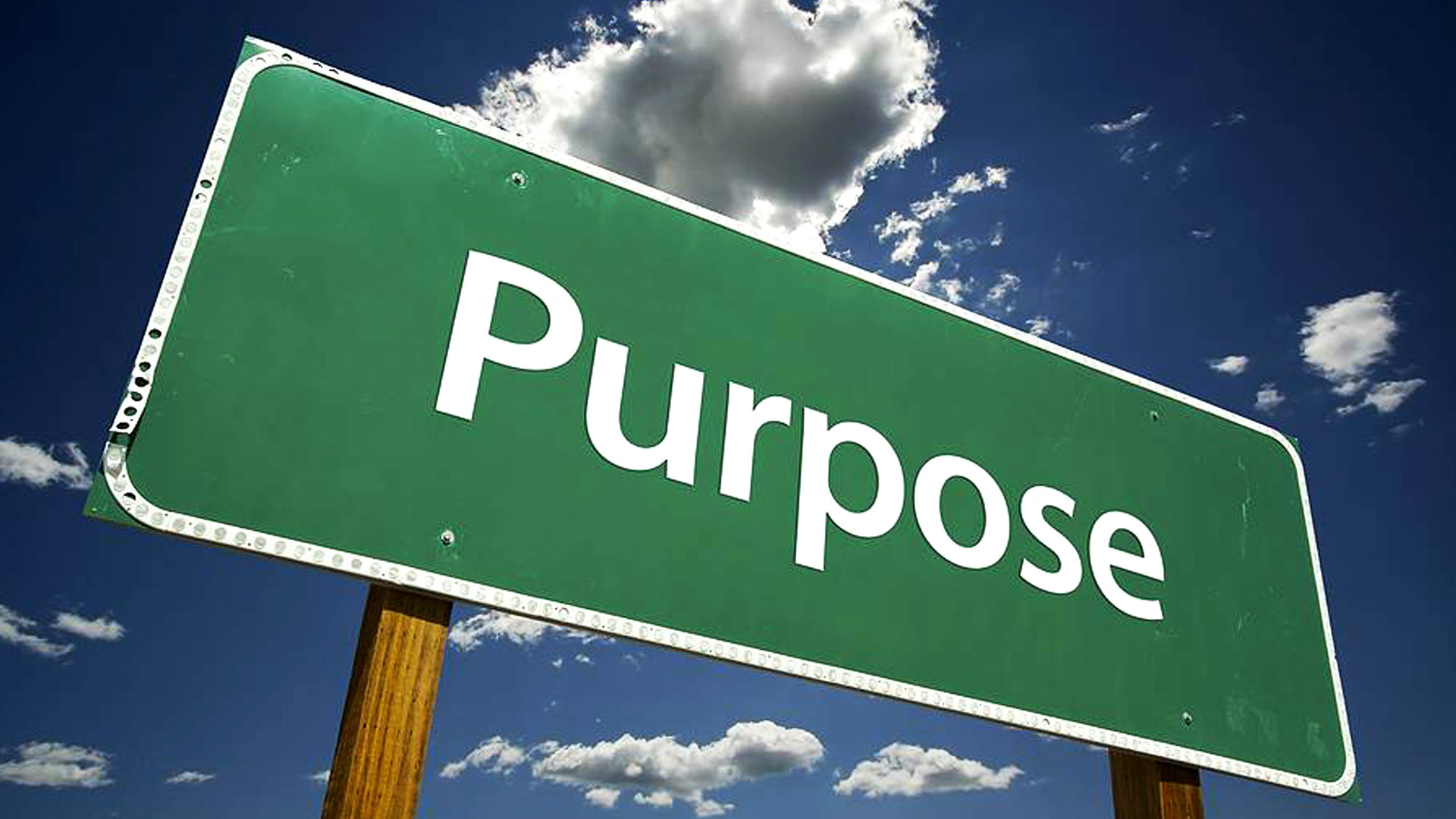
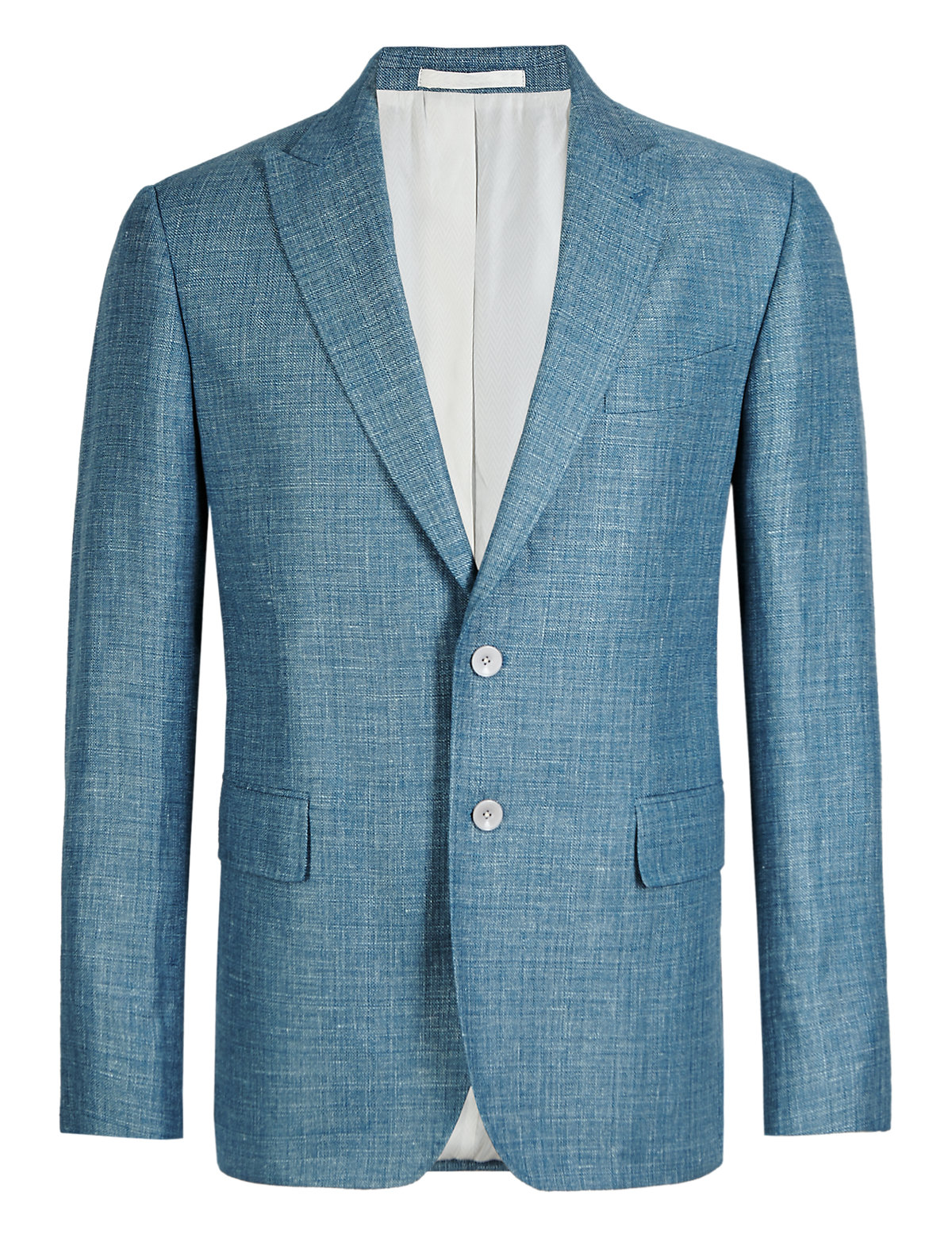


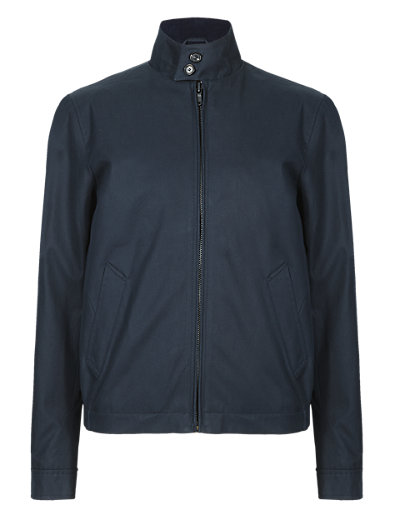
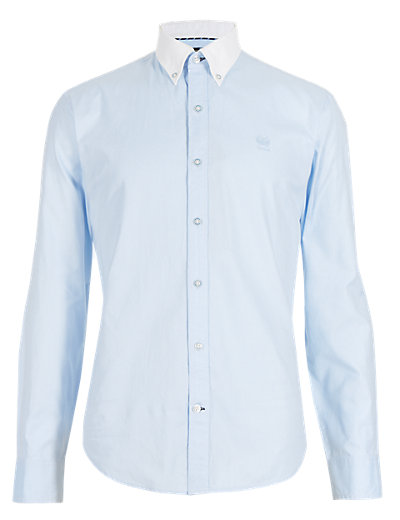 above are some great new pieces from the best ranges of Marks and spencer , these ranges are well worth checking out because you are getting quality for low prices . Marks and Spencer has a lot of dross but its Best of Britain range plus its Collezione and autograph ranges show promise. Suit supply is on a similar price range with similar items to the Marks and Spencer ranges but the difference is Suit Supply do not seem to do sales where Marks and Spencer does, itsalways wiorth checking out the last days of a Marks and Spencer sale where a great Harris Tweed jacket can fall to fifty pounds from 247 pounds .
above are some great new pieces from the best ranges of Marks and spencer , these ranges are well worth checking out because you are getting quality for low prices . Marks and Spencer has a lot of dross but its Best of Britain range plus its Collezione and autograph ranges show promise. Suit supply is on a similar price range with similar items to the Marks and Spencer ranges but the difference is Suit Supply do not seem to do sales where Marks and Spencer does, itsalways wiorth checking out the last days of a Marks and Spencer sale where a great Harris Tweed jacket can fall to fifty pounds from 247 pounds .  Suit supply does more adventurous stuff than Marks and spencer in that they offer some good DB suits.
Suit supply does more adventurous stuff than Marks and spencer in that they offer some good DB suits. thisstyle is called the Madison but only buy the linen material as featured here if you are in a cold country, its best not to buy linen to be homnest as Suit supply linen is thick and creases easy as domost linens but the Madison DB is nice
thisstyle is called the Madison but only buy the linen material as featured here if you are in a cold country, its best not to buy linen to be homnest as Suit supply linen is thick and creases easy as domost linens but the Madison DB is nice 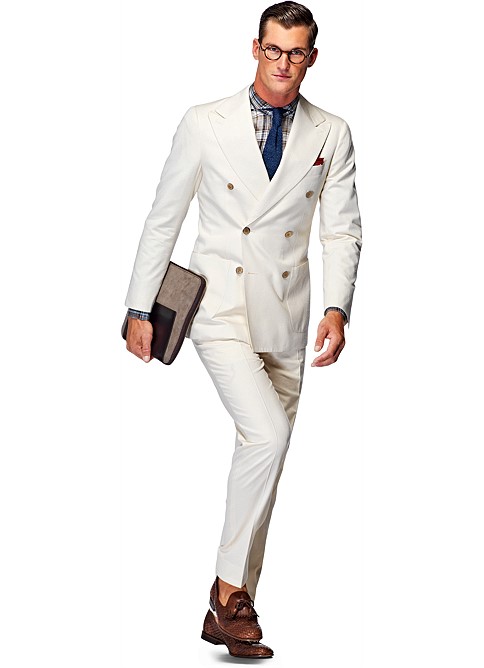 This off white suit is a nice one and very unusual if you are in a sunny clime
This off white suit is a nice one and very unusual if you are in a sunny clime the blue here is superb and made with silk , blue like this looks good on anyone .I think the best end of Marks and Spencer is really good
the blue here is superb and made with silk , blue like this looks good on anyone .I think the best end of Marks and Spencer is really good 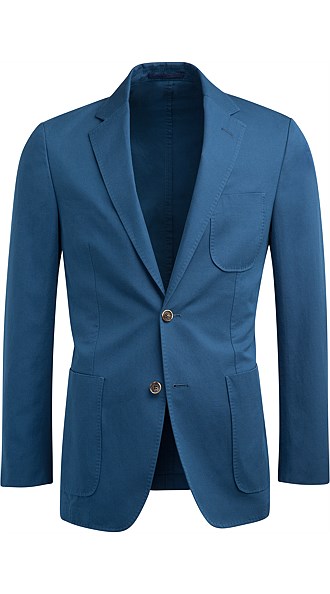 This jacket by suit supply is very similar to a marks and spencer below but nearly double in price
This jacket by suit supply is very similar to a marks and spencer below but nearly double in price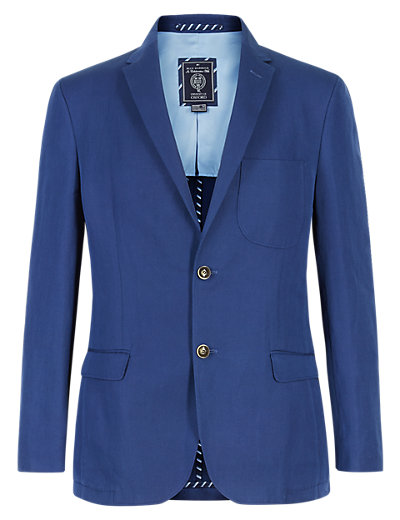 if Im honest Id say get the M and S one because there is very little difference and you save 150 pounds and even more if you buy it at the sales or better end of sales
if Im honest Id say get the M and S one because there is very little difference and you save 150 pounds and even more if you buy it at the sales or better end of sales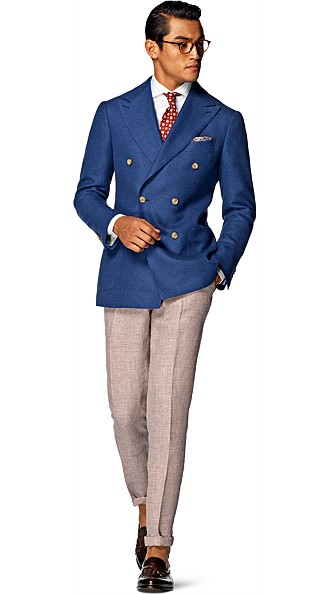 This linen silk wool blend is in the Madiso cut of Suit supply , its 250 pounds circa but you could buy this from Marks and spencer
This linen silk wool blend is in the Madiso cut of Suit supply , its 250 pounds circa but you could buy this from Marks and spencer  this is in pure linen at 179 pounds but both are no good for high summer in the bed as both materials are too thick, a real linen jacket should be pure Irish and gossamer light otherwise in places like Italy it has zero purpose
this is in pure linen at 179 pounds but both are no good for high summer in the bed as both materials are too thick, a real linen jacket should be pure Irish and gossamer light otherwise in places like Italy it has zero purpose These are 200 pounds , a bargain.These also are around 200 pounds
These are 200 pounds , a bargain.These also are around 200 pounds 



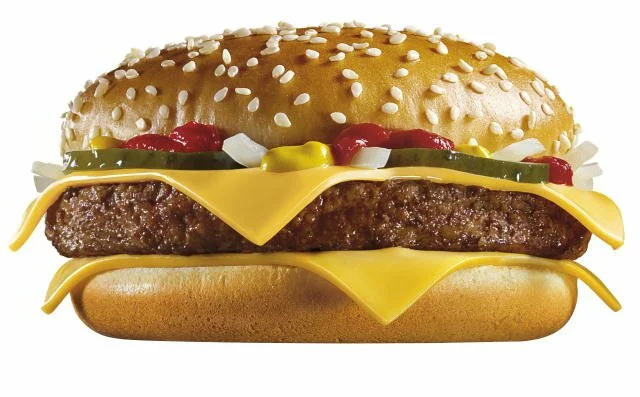
.jpg)


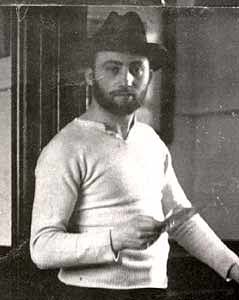




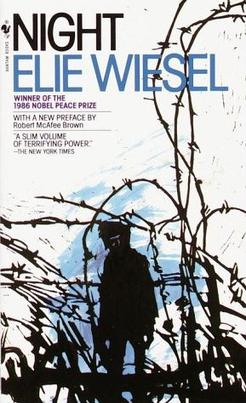




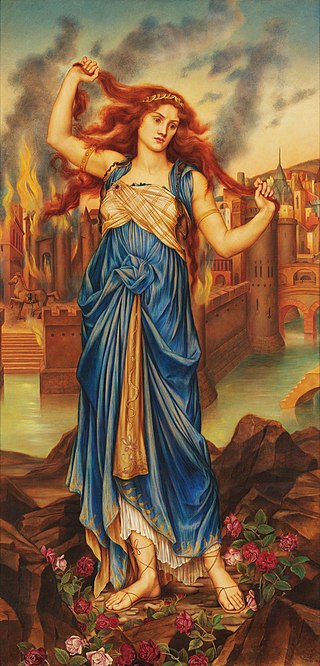



 the jacket to have from suit supply above all is this one , a blue blazer , dont wear it with the trousers shown but wear it with light grey or white or off white
the jacket to have from suit supply above all is this one , a blue blazer , dont wear it with the trousers shown but wear it with light grey or white or off white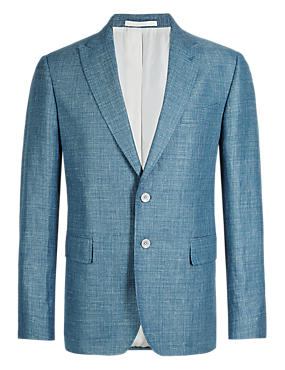 this marks and spencer one in linen is slightly cheaper with a more relaxed style and here is another marks and spencer one slightly cheaper than the suit supply one , wear with off white or white , the sky blue one can be worn with a nice pair of french blue cotton or linen trousers , just wear crisp white linen shirts with these jackets or blue ones.
this marks and spencer one in linen is slightly cheaper with a more relaxed style and here is another marks and spencer one slightly cheaper than the suit supply one , wear with off white or white , the sky blue one can be worn with a nice pair of french blue cotton or linen trousers , just wear crisp white linen shirts with these jackets or blue ones. the trousers to wear with these jackets could be chinos or well faded levis or well tailored ones. keep the colours contrasted and dont go beyond the colours stated here uif you want a great look .
the trousers to wear with these jackets could be chinos or well faded levis or well tailored ones. keep the colours contrasted and dont go beyond the colours stated here uif you want a great look .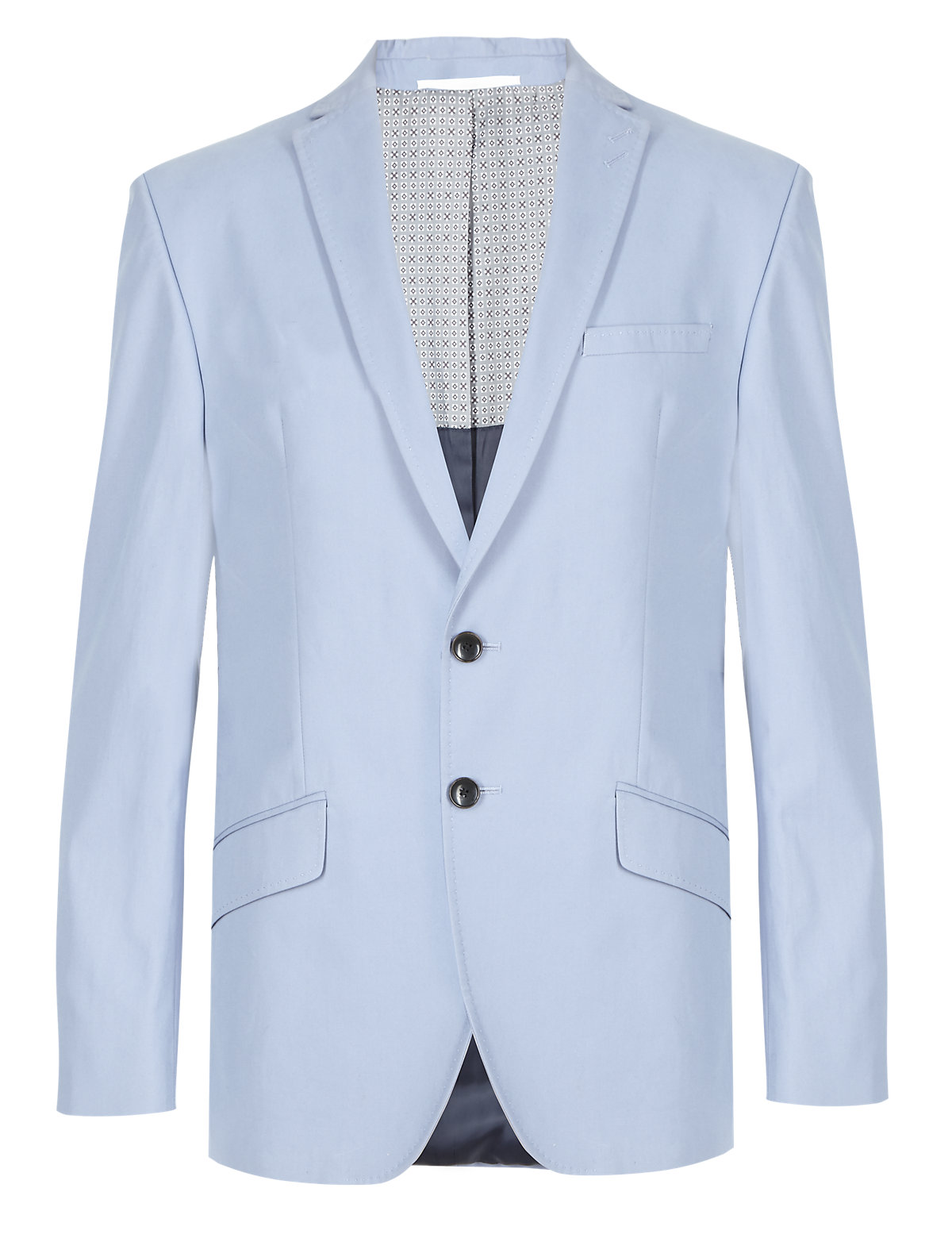
 VERMICELLI WITH OLIVE-OIL, OLIVES, CAPERS, AND ANCHOVIES
VERMICELLI WITH OLIVE-OIL, OLIVES, CAPERS, AND ANCHOVIES.JPG)